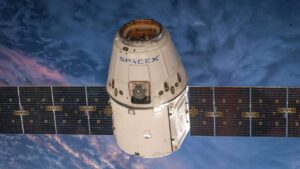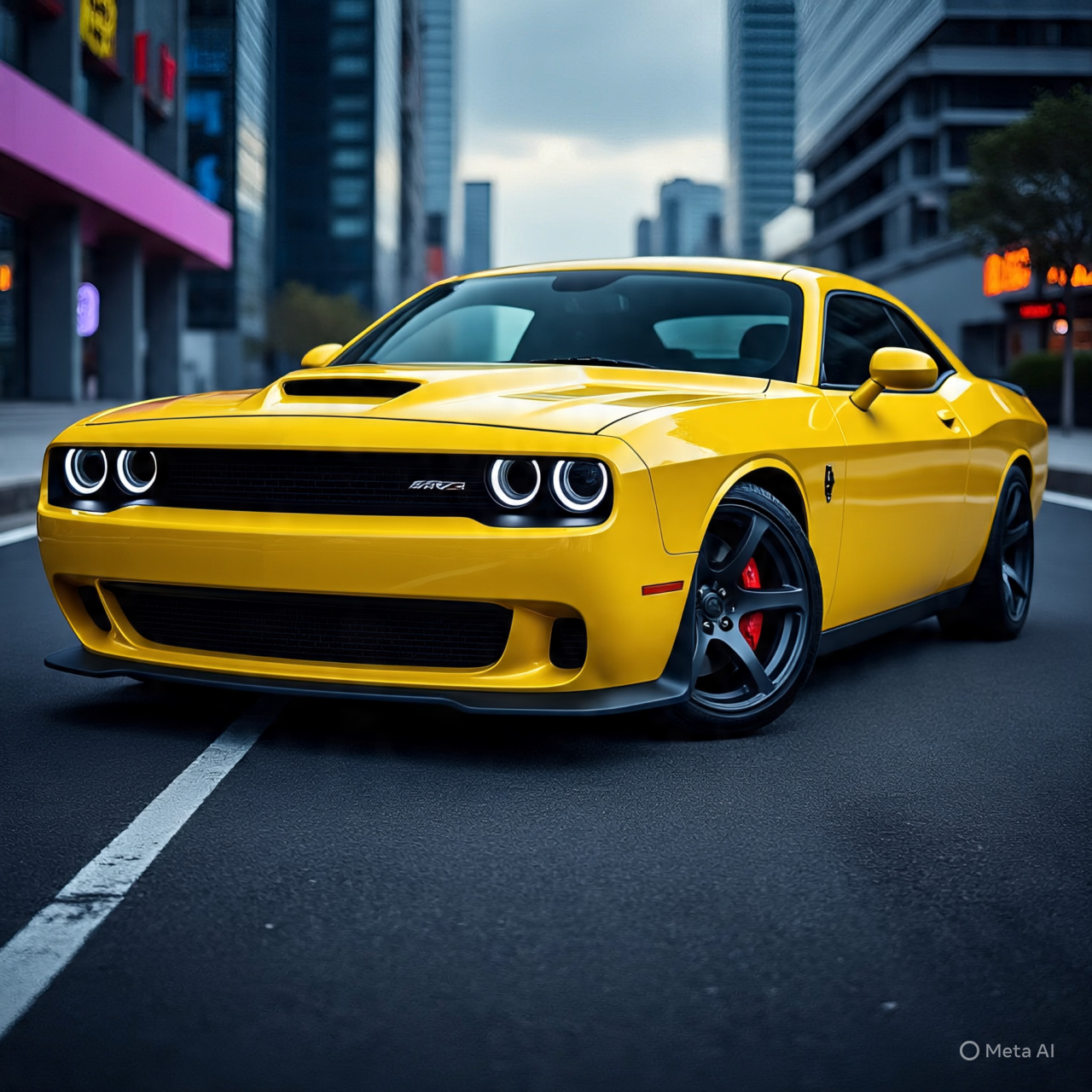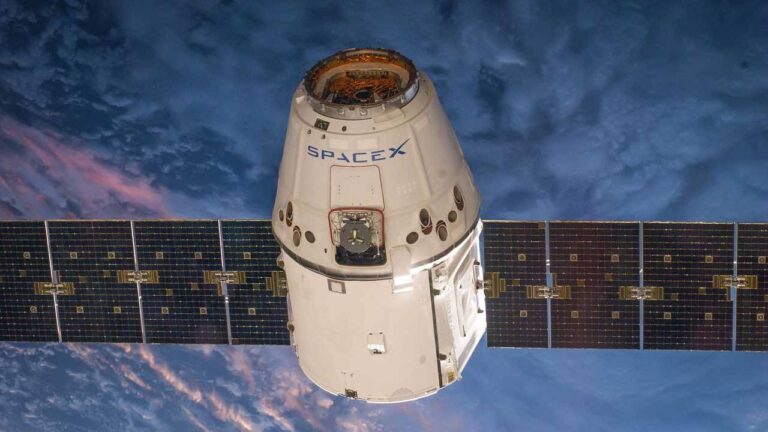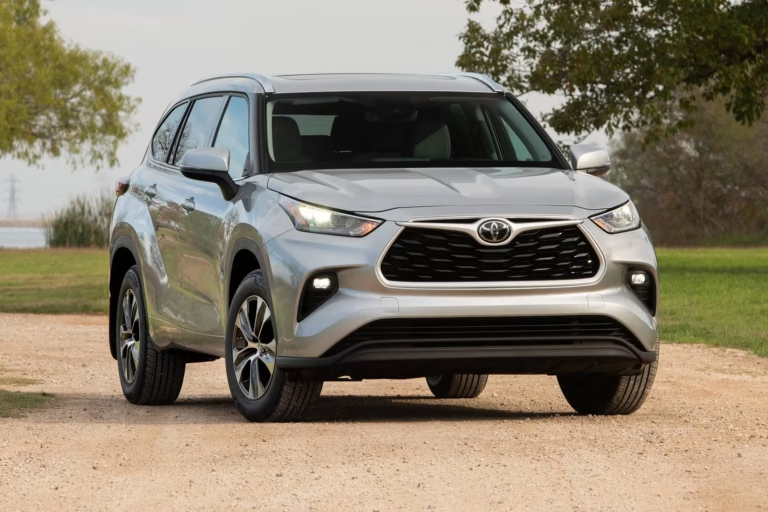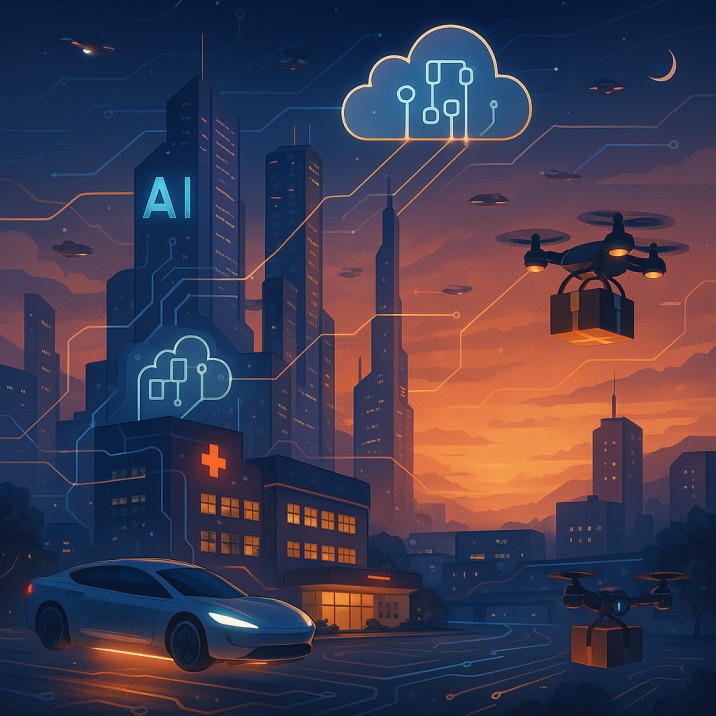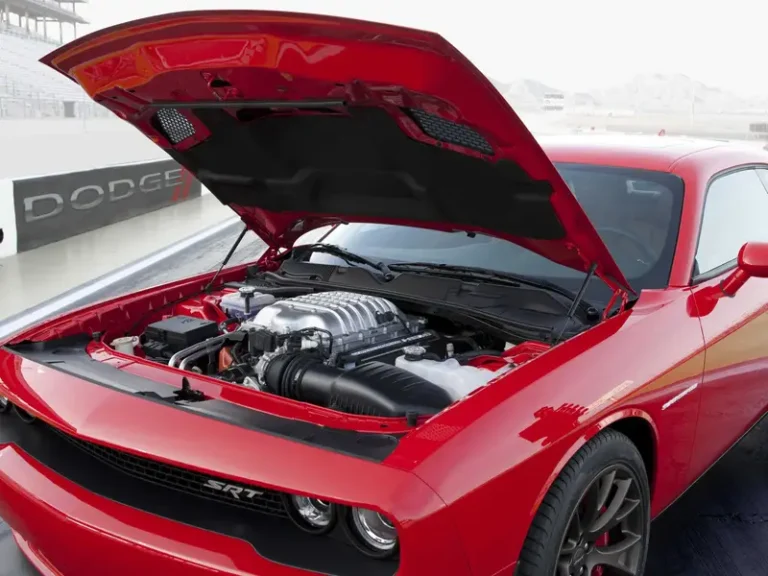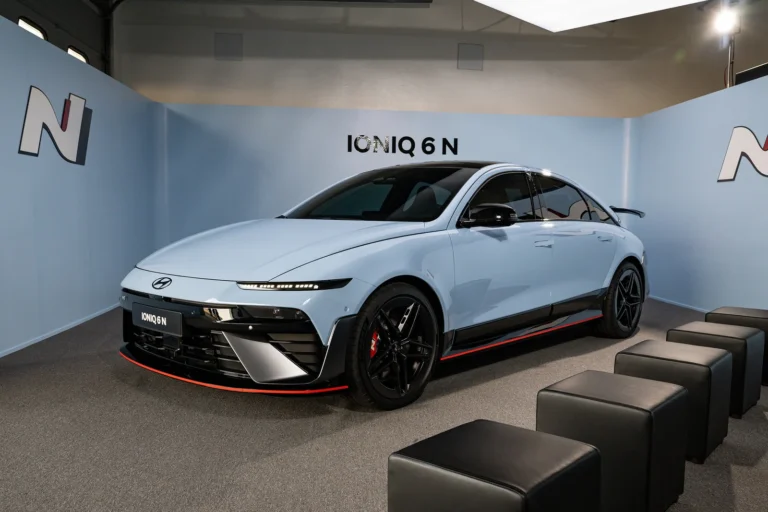Supercharger vs. Turbocharger: Unlocking Your Engine’s Hidden Power
Have you ever wondered how some smaller car engines pack a punch like a much larger one? Or why certain performance cars deliver instant, brutal power? The secret often lies in something called forced induction. This technology helps an engine breathe in more air, allowing it to burn more fuel and generate significantly more horsepower and torque. The two most common methods of achieving this are through superchargers and turbochargers. While both aim to boost your car’s performance, they do so in fundamentally different ways, each with its own unique characteristics.
Let’s dive into the fascinating world of forced induction and explore the key differences, advantages, and disadvantages of superchargers and turbochargers.
The Core Concept: More Air, More Power!
Imagine your car’s engine as a giant air pump. A traditional, “naturally aspirated” engine (without forced induction) can only pull in a limited amount of air based on its size and atmospheric pressure. Forced induction systems, however, force more air into the engine’s combustion chambers. When you combine this extra air (rich in oxygen) with more fuel, you get a bigger bang with each combustion cycle, leading to a noticeable increase in power.
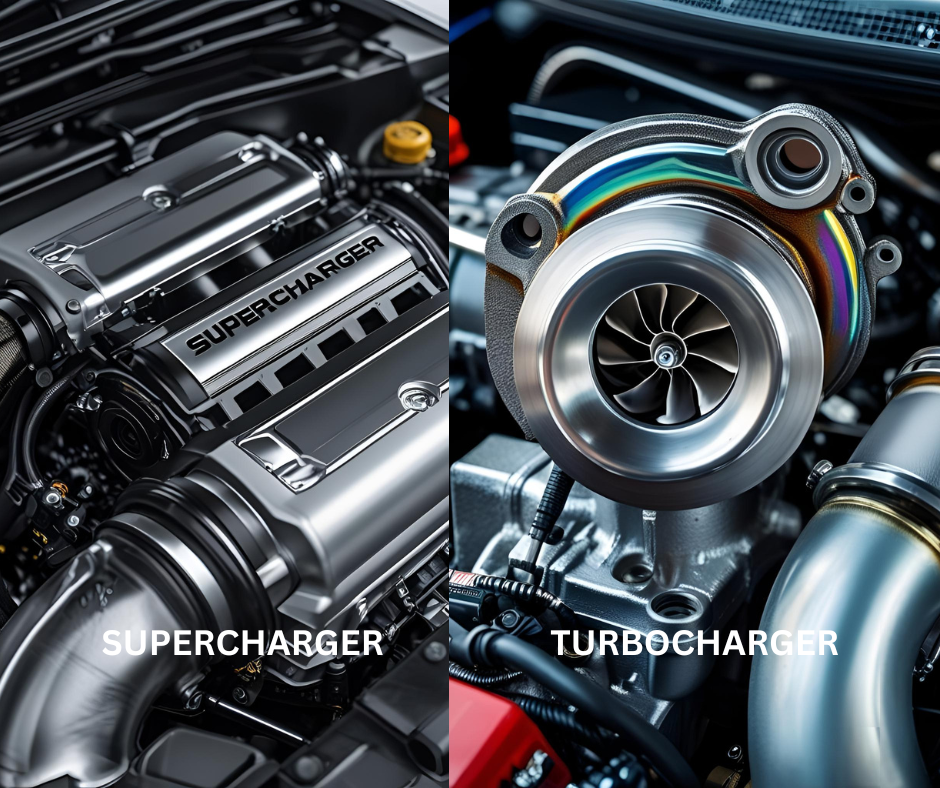
Superchargers: Instant Power, Direct Connection
A supercharger is like a mechanical muscle booster for your engine. It’s directly connected to the engine’s crankshaft, usually by a belt, just like your car’s alternator or air conditioning compressor. As the engine revs, the supercharger spins, compressing air and pushing it into the engine’s intake manifold.
How it Works:
- Direct Drive: The supercharger’s compressor is spun by a belt connected to the engine’s crankshaft.
- Instant Boost: Because it’s mechanically linked, a supercharger delivers power almost immediately as you press the accelerator. There’s no noticeable delay.
- Consistent Power: They provide a strong, linear power delivery across the entire RPM range.
Types of Superchargers:
- Roots-type: These are the most iconic, often seen bulging out of the hood of muscle cars. They use two meshing, lobe-shaped rotors to trap and push air into the engine. Known for their distinct whine and strong low-end torque.
- Twin-screw: Similar to Roots, but their screw-shaped rotors actually compress the air inside the supercharger unit, making them more efficient.
- Centrifugal: These operate more like a turbocharger but are still belt-driven. They use a rapidly spinning impeller to draw in air, accelerate it, and then slow it down in a diffuser to convert velocity into pressure. They tend to build boost more with engine RPM.
Pros of Superchargers:
- Instant Throttle Response: No “lag” whatsoever, as power is delivered immediately.
- Strong Low-End Torque: Excellent for quick acceleration from a standstill.
- Simpler Installation: Generally less complex to install compared to turbochargers.
Cons of Superchargers:
- Parasitic Power Loss: Since they’re driven by the engine, they draw some power from it to operate, which can slightly reduce overall fuel efficiency compared to a turbo.
- Heat Generation: Mechanical friction can generate more heat, which requires efficient cooling (intercoolers) to maintain performance.
- Noise: Some types, especially Roots blowers, can produce a distinct whine.
Cars Using Superchargers (Examples):
- Dodge Charger SRT Hellcat / Challenger Hellcat: Famous for their monstrous supercharged Hemi V8 engines delivering immense power.
- Chevrolet Camaro ZL1: Features a supercharged V8 for thrilling performance.
- Ford Shelby GT500: Known for its supercharged V8, delivering incredible horsepower.
- Jaguar F-Type R / XKR: Many high-performance Jaguar models have used supercharged V6 and V8 engines.
- Audi S4 (B8 generation): Utilized a supercharged 3.0L V6 engine for a period.
- Mini Cooper S (First Generation – R53/R52): These compact hot hatches famously sported a supercharger.
- Mercedes-Benz AMG 55-series (older models like E55 AMG): Known for their potent supercharged V8s.
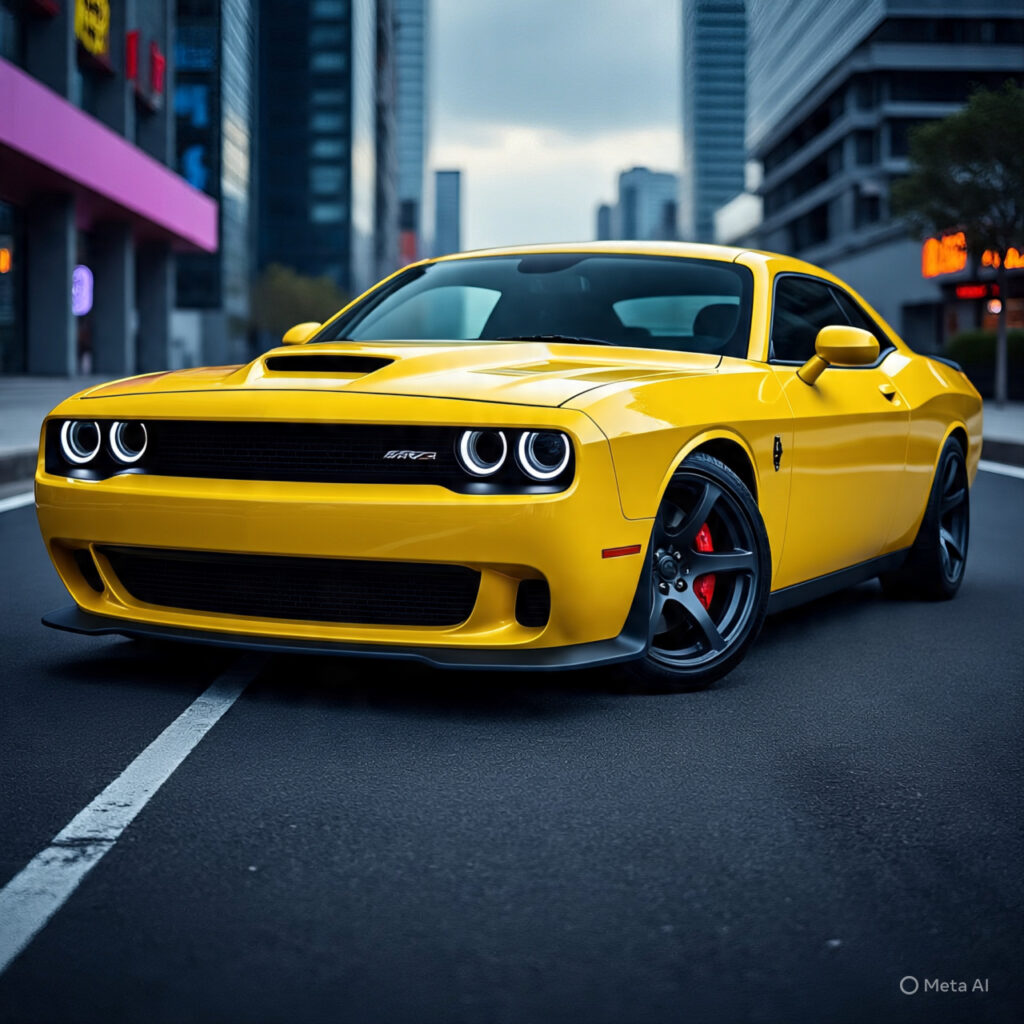
Turbochargers: Harnessing Waste Energy
A turbocharger is an ingenious device that turns what would otherwise be wasted energy into raw power. Instead of drawing power from the engine’s crankshaft, it uses the hot, high-pressure exhaust gases that exit the engine.
How it Works:
- Exhaust-Driven: Exhaust gases from the engine spin a turbine wheel.
- Compressor Action: This turbine is connected by a shaft to a compressor wheel. As the turbine spins, the compressor also spins, drawing in fresh air, compressing it, and forcing it into the engine’s intake.
- “Free” Power: By using exhaust gases, a turbocharger essentially recycles waste energy, making it more fuel-efficient than a supercharger for similar power gains.
Types of Turbochargers:
- Single Turbo: The most common setup, using one turbocharger. Its size determines its characteristics: smaller turbos “spool” (build boost) faster but offer less top-end power, while larger ones provide more peak power but might have more “turbo lag.”
- Twin-Turbo: Uses two turbochargers. This can be in a parallel setup (one turbo for each bank of cylinders in a V-engine) or a sequential setup (a smaller turbo for low RPMs and a larger one that kicks in at higher RPMs to reduce lag and provide continuous power).
- Twin-Scroll Turbo: Features a divided turbine housing and exhaust manifold, separating exhaust pulses from different cylinders. This design helps the turbo spool faster and more efficiently, reducing lag.
- Variable Geometry Turbocharger (VGT) / Variable Nozzle Turbine (VNT): Uses movable vanes within the turbine housing to change the exhaust gas flow to the turbine. This allows the turbo to act like a small turbo at low RPMs (for quick response) and a large turbo at high RPMs (for maximum power), virtually eliminating turbo lag. (More common in diesel engines due to exhaust temperature requirements, but appearing in more petrol engines now).
- Two-Stage (Sequential/Compound): Similar to sequential twin-turbos, but often involves a high-pressure turbo and a low-pressure turbo working in series for a wider powerband.
Pros of Turbochargers:
- Better Fuel Efficiency: They use waste exhaust energy, leading to better fuel economy for the power produced.
- Higher Power Potential: Can often achieve higher peak power figures for a given engine size due to efficient compression.
- Altitude Performance: Maintain engine power better at higher altitudes where the air is thinner.
Cons of Turbochargers:
- Turbo Lag: This is the time delay between pressing the accelerator and feeling the full power boost. It’s because the exhaust gases need time to build up and spin the turbine. Modern turbos and technologies (like VGTs, twin-scroll, mild-hybrid assists) have significantly reduced this.
- Higher Heat (exhaust side): Components operate at extremely high temperatures.
- More Complex Installation: Often requires more intricate plumbing for exhaust and intercooling.
Cars Using Turbochargers (Examples): Today, the vast majority of new cars with smaller, more efficient engines use turbochargers to deliver power comparable to larger, naturally aspirated engines.
- Almost all modern compact cars and SUVs: Hyundai Creta, Tata Nexon, Skoda Kushaq, Maruti Suzuki Fronx (in India), Honda Civic (many trims), Kia K5.
- BMW (most models): Many BMW models use turbocharged inline-four and inline-six engines (e.g., 3-Series, 5-Series).
- Porsche: Many Porsche models, including the 911 (most variants) and 718 Cayman/Boxster (base models), use turbocharged flat engines.
- Volkswagen/Audi Group: Most of their modern gasoline and diesel engines are turbocharged (e.g., Golf GTI, Audi A4/A6/Q5).
- Subaru WRX: Traditionally known for its turbocharged boxer engines.
- Ford EcoBoost Engines: Many Ford vehicles use turbocharged EcoBoost engines across their lineup (e.g., F-150, Focus ST/RS, Mustang EcoBoost).
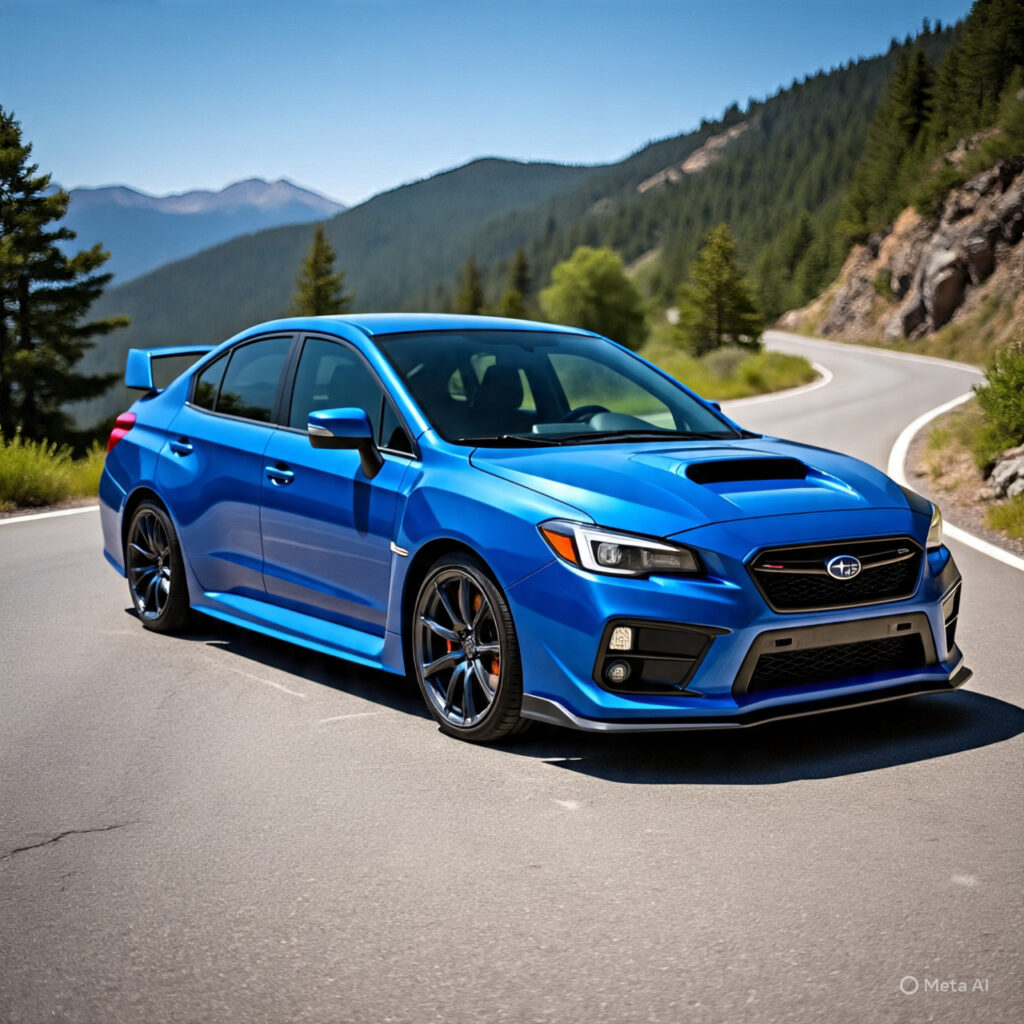
Which is Better? It Depends on Your Drive!
Neither a supercharger nor a turbocharger is inherently “better” than the other; they simply cater to different preferences and driving styles.
- If you crave instant, linear power delivery and don’t mind a slight efficiency trade-off for that immediate punch, a supercharger might be your preference. They’re often favored in muscle cars and high-performance vehicles where immediate response is paramount.
- If you prioritize overall efficiency, high peak power, and modern engine downsizing, a turbocharger is typically the chosen solution. They are ubiquitous in today’s automotive landscape, making smaller engines feel much larger and more capable while often delivering better fuel economy.
Many modern vehicles even experiment with twin-charging, combining both a supercharger and a turbocharger (like in some older Volkswagen and Volvo engines) to get the best of both worlds: instant low-end boost from the supercharger, transitioning to efficient high-end power from the turbocharger.
Ultimately, both superchargers and turbochargers are engineering marvels designed to extract more performance from internal combustion engines, making driving more exhilarating and vehicles more versatile. The choice between them often comes down to the specific vehicle’s design goals and the driving experience it aims to provide.

